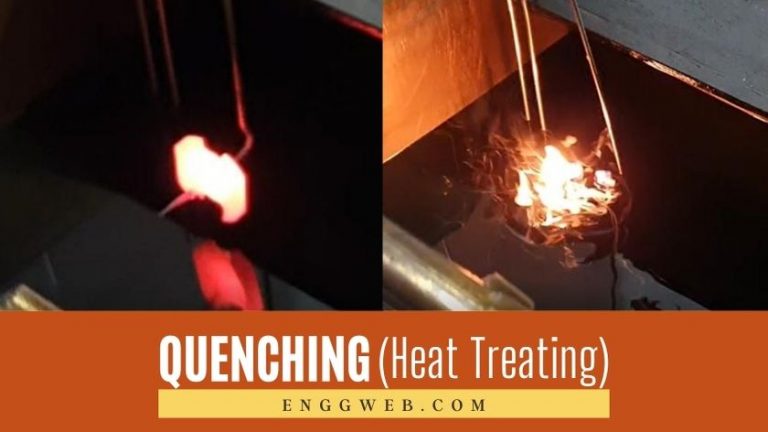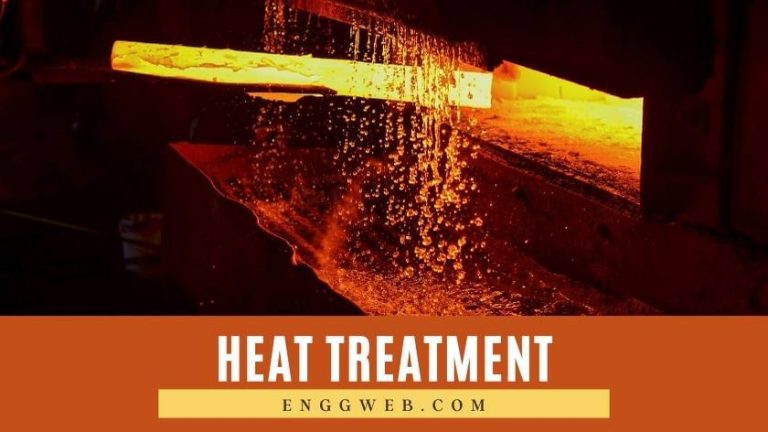Metals That Oxidize

Iron rusts, while most other metals oxidize. What is oxidation, and how is it different from corrosion? Which metals are prone to oxidation, and is it preventable? Read on to find out.
Contents
What is Oxidation?
Oxidation is one half of a set of chemical reactions called redox reactions. The other half is called reduction. When exposed to oxygen, most metals exchange electrons with the oxygen – oxygen gains an electron, and the metal loses an electron. This exchange leads to the formation of oxidation products, such as rust in iron and the patina in copper. The patina is the green tarnish that forms on copper over time.
During the oxidation reaction, the electron that the metal loses could also be a hydrogen atom. When this happens, the metallic ion reacts with oxygen to form a metal oxide. In iron, we call it rust. Generally, this is a bad thing in metals, since it weakens the structural integrity of metals. This is why metals that do not rust are preferred for specific applications such as manufacturing of medical equipment, precision mechanical watches, electronic components, etc.
Oxidation vs. Corrosion
Oxidation and corrosion go hand-in-hand and are quite similar. While oxidation can happen anywhere, even in living tissue, corrosion only affects metals. In metals, wet weather (rain, snow, mist) acts as a catalyst for corrosion, deteriorating the metal’s integrity. The higher the exposure to wet weather conditions, the faster the corrosion. When adding salt to this, such as in marine applications, the corrosion process speeds up even more.

Oxidation breaks down metal electrochemically through redox reactions. While this may form part of corrosion, it can happen anywhere and at any time, regardless of the weather conditions.
List of Common Metals that can get Oxidized
Lithium
Probably the first question that comes to your mind is, Which metal is easiest to oxidize? The metal lithium is the easiest to oxidize.
During the oxidation process, Lithium loses an electron to form Li+ ion.
Iron
When iron gets oxidized, we call it rust. Here, iron reacts with atmospheric oxygen under wet conditions to form iron(III) oxide or rust. Iron oxidizes much faster than most other metals, especially when exposed to wet conditions or high temperatures.
Aluminum
While aluminum can get oxidized, it doesn’t do it easily, especially under wet conditions. While water usually enhances oxidation in other metals, it has the opposite effect on aluminum, explaining its prevalence in marine applications. When aluminum comes into contact with water, the oxygen atoms present in the metal moves further away from the aluminum atoms, rendering the metal chemically inert.
When exposed to atmospheric oxygen, aluminum reacts to form a thin layer of aluminum oxide on the metal’s surface. This layer is chemically inert, protecting the metal from further corrosion in two ways: firstly, the physical barrier prevents oxygen from reaching the metal underneath. Secondly, since this layer is inert, it does not react with other chemical substances, preventing further oxidation and corrosion.
Aluminum has wide application because it is a lightweight metal and has corrosion prevention ability. The only downside is the lower melting point when compared to other metals.
Copper & Copper Alloys (Red Metals)
Copper and its alloys are known as red metals. These are famously robust and suitable for marine applications. They can still get oxidized, however.
Copper
Copper is relatively inert and takes a long time to oxidize. When exposed to oxygen, green tarnish forms on the surface – this is also called a patina. Polishing copper easily removes this patina again, and it doesn’t affect the structural integrity of the metal. Copper generally corrodes when exposed to flowing, turbulent water, not as a result of chemical reactions.
Brass
When exposed to oxygen, brass undergoes oxidation, forming a black, green, or blue layer on the surface. This layer is also known as a patina and acts as a protective barrier to further oxidation. While oxidation does not negatively affect the metal’s integrity, it is usually unsightly. Luckily, the patina is easily removed with some polish, returning the brass object to its original beauty.
Brass does, however, corrode. Here, a process known as “dezincification” corrodes the zinc irons in the metal alloy, leaving behind mostly copper. This state compromises the copper’s structural integrity, resulting in a weak metal not suitable for anything other than decorative purposes.
Bronze
Bronze is highly resistant to corrosion and oxidation. Over time, however, a layer of tarnish form on the metal’s surface as a result of oxidation. This layer could vary greatly in color, ranging from brown, black, red, and blue, to green. While this layer protects the metal from further oxidation, it is unsightly and is easily removed with polish.
Bronze disease, however, is a serious form of corrosion, which can annihilate your bronze object. This corrosion occurs when exposing bronze to salts, such as chlorides (ocean air) and ammonia, and should be avoided.
What Causes Corrosion?
Corrosion occurs in various forms and thus has a wide variety of causes. Usually, corrosion is of a chemical nature, resulting as a reaction of metals with chemicals in their immediate environment. The most common cause of corrosion is oxidation, covered in the intro.
Other forms of chemical corrosion occur when exposing metals to harmful chemicals, most notably acids and salts. That is why most metals are not suitable for marine applications – the high chloride concentration in seawater enhances metallic corrosion. This corrosion compromises the metal’s structural integrity, rendering it unfit for its intended purpose.
When in contact with an electrical current, most metals undergo galvanic corrosion. This form of corrosion occurs when two provisions are in place: firstly, two different metals must be in direct contact or connected through an electrical current. Secondly, these metals must be immersed in a common electrolyte solution, such as saltwater. Here, the metals form an anode and cathode, or positive and negative sides of a galvanic cell. The anode, or more reactive metal, will corrode preferentially, effectively protecting the cathode from corrosion.
Galvanic corrosion is often used to protect certain metals from corrosion. Zinc plating, used in galvanized steel, is a form of this. Since zinc is more reactive than steel, covering steel in a thin layer of zinc causes the zinc to corrode preferentially to the steel. While this zinc layer is in place, the steel is unlikely to corrode.
Methods to Prevent Corrosion
Since corrosion occurs in many forms, corrosion prevention is also a wide field. Here are some basic principles:
Remove the Cause
Corrosion usually occurs when metals are exposed to harmful chemicals or atmospheric air. Removing these causes from the environment will protect the metal from corrosion and prolong its useful lifespan.
Sometimes, this process is simple: don’t leave your metals outside in wet weather, and don’t expose them to seawater.
Match the Metal to the Application
Using the correct metal for each application greatly reduces the risk of corrosion. For marine applications, choose marine-grade metals, since these are less prone to rust and corrosion. For chemically harsh environments, choose chemically inert metals.
The same logic applies to surface conditions. Smooth surfaces are less likely to wear and corrode than rough, pitted surfaces. Here, potentially harmful substances wash off smooth surfaces far more easily than from rough surfaces.
Galvanization
As explained in the previous section, galvanic protection coats a metal with a thin layer of a more reactive metal. Here, the coating layer reacts preferentially with all corrosive chemicals, effectively protecting the metal underneath.
Corrosion Inhibitors
Corrosion inhibitors are chemicals that react with corrosive substances before they reach the metal in question. Here, a layer of inhibitor chemicals applied to the metal’s surface depletes corrosive chemicals in the metal’s vicinity, effectively preventing metal corrosion.
Physical Barriers
Some substances form a physical barrier on the metal’s surface, preventing corrosive chemicals from accessing the metal. These barriers include paint, some solids, and a wide variety of other coatings.
Conclusion
Most metals corrode or oxidize. Iron is generally the most susceptible to this, while other metals, like copper, oxidize slowly. The adverse effect of these chemical reactions is easily mitigated when the correct prevention methods are applied.




